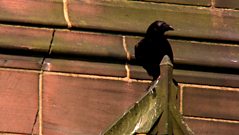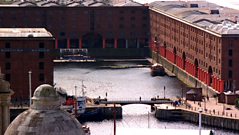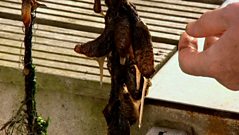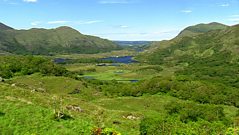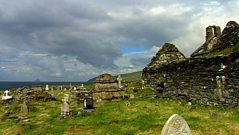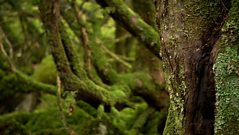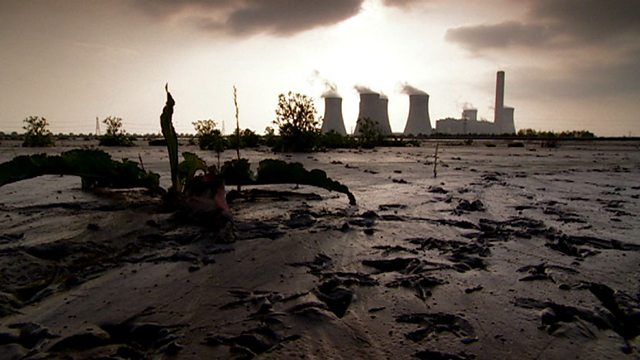
Accidental nature reserve
Industrial activity can have a positive effect on local wildlife.
Bill Oddie goes for a walk along the shore by the River Mersey. Behind him is a power station - which is a bit of an environmental irony. Estuaries and marshes alongside rivers are perfect places for wildlife and also for power stations, which need water for cooling and so ships can bring in supplies. The upside is that many places like power stations have become accidental nature reserves. So why is it so good here? It is surprisingly undisturbed - there is no public access, so there are no people walking dogs, motorbikes and so on. And the industry actually creates good places for wildlife, such as the ash lagoons. When wet, they are a feeding area for birds and as they begin to dry out they provide nesting areas. When they dry out completely the ash gets quarried and carted away to make things like bricks and mascara. The ash cliffs left behind are very like sand cliffs - and become a perfect home for sand martins. Bill watches a colony in the ash cliffs. Fifteen or 20 years ago, the UK lost a lot of its sand martins, possibly due to droughts in Africa where they overwinter. But now they seem to be making a comeback. These birds returned from Africa about two or three weeks ago and are cleaning out the holes and pairing up before the breeding season. If it wasn't for the power station, this colony wouldn't exist.
Duration:
This clip is from
Featured in...
![]()
大象传媒 Nature
Be captivated, informed and inspired by the world's wildlife.
More clips from Merseyside
-
![]()
Synchronised swimming
Duration: 03:11
-
![]()
Raven roost
Duration: 02:55
-
![]()
Dockpooling
Duration: 03:15
-
![]()
Wild stowaways
Duration: 01:41
More clips from Bill Oddie Goes Wild
-
![]()
Mossy woodland—Series 3, South West Ireland
Duration: 01:59
-
![]()
Chough country—Series 3, South West Ireland
Duration: 03:52
-
![]()
Deserted village—Series 3, South West Ireland
Duration: 01:36
-
![]()
Yew forest—Series 3, South West Ireland
Duration: 01:48



